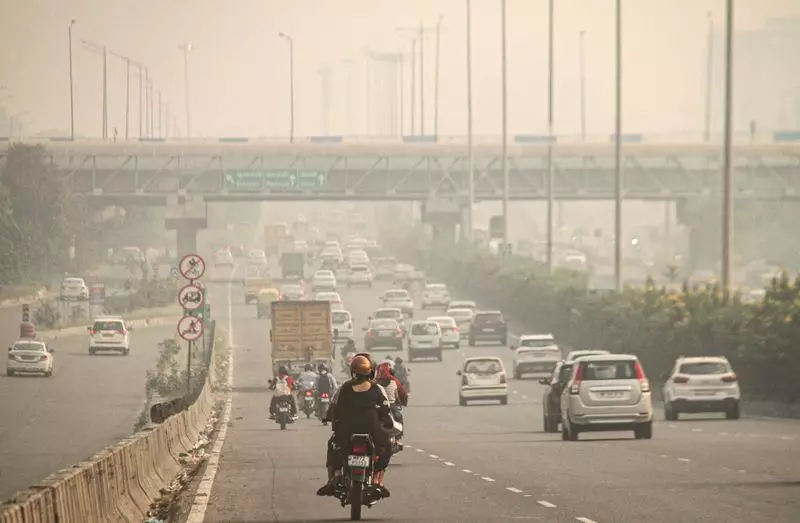
The festive cheer of Diwali has given way to an environmental emergency in Haryana, with two of its cities - Jind and Dharuhera - recording the worst air quality levels across the entire country. According to recent data from the Central Pollution Control Board (CPCB), these urban centers have become epicenters of a severe pollution crisis following the festival celebrations.
The Alarming Numbers
Jind recorded a staggering Air Quality Index (AQI) of 462, placing it firmly in the 'severe' category, while Dharuhera followed closely with an AQI of 451. These readings, captured on Monday morning, represent some of the most dangerous air quality levels witnessed in India this year.
Regional Pollution Pattern
The pollution crisis isn't confined to just these two cities. Multiple urban centers across Haryana are grappling with dangerously high pollution levels. Among the most affected are:
- Bahadurgarh (AQI 437)
- Hisar (AQI 423)
- Yamunanagar (AQI 415)
- Rohtak (AQI 413)
- Panipat (AQI 404)
Each of these locations recorded AQI levels in the 'severe' category, indicating a widespread environmental health emergency across the state.
National Context
While Haryana dominates the list of most polluted cities, other northern states are also facing significant air quality challenges. Uttar Pradesh's Bulandshahr recorded an AQI of 450, while Bihar's Hajipur registered 428, both falling into the severe pollution category.
Understanding the AQI Scale
The Air Quality Index operates on a scale where readings between 401-500 are classified as 'severe.' This level poses serious health risks to both healthy individuals and those with pre-existing conditions. The current readings in Jind and Dharuhera represent some of the most hazardous environmental conditions possible.
Immediate Health Concerns
Medical experts are warning residents in affected areas to take extreme precautions. The severe air quality can trigger respiratory illnesses, exacerbate asthma conditions, and cause long-term health damage, particularly among children, elderly citizens, and individuals with compromised immune systems.
The post-Diwali pollution spike serves as a stark reminder of the environmental challenges facing northern India and underscores the urgent need for comprehensive air quality management strategies.





